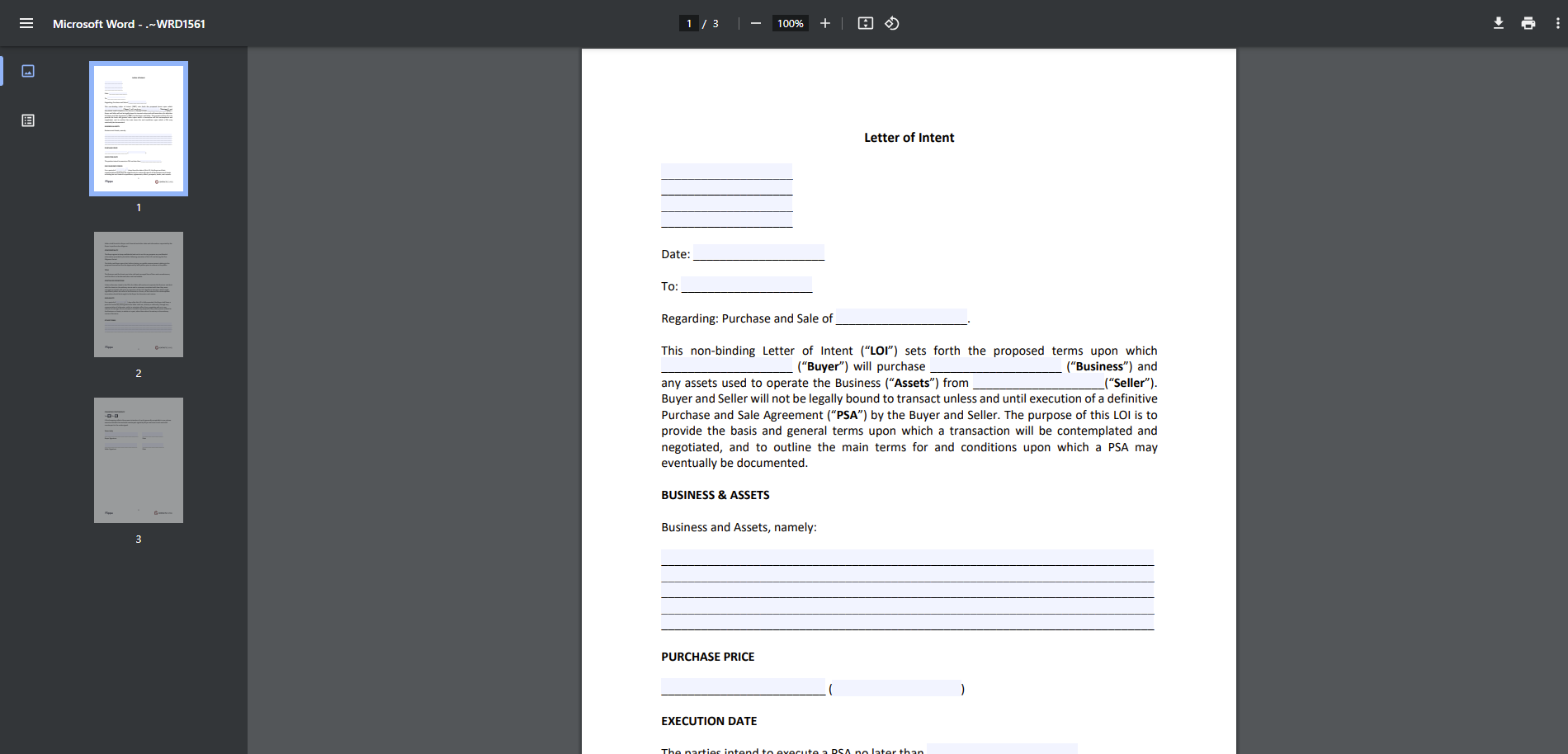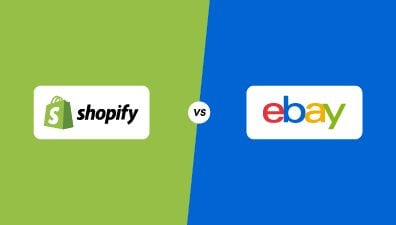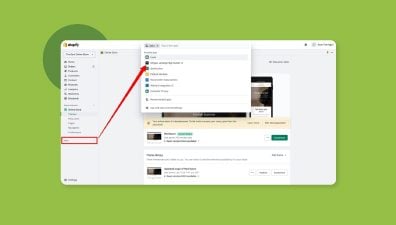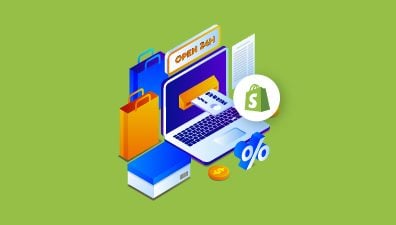Shopify is among the top-notch eCommerce platforms for entrepreneurs to make their mark in the digital realm. The good news is that you don’t always have to start from scratch if you want to build your business with Shopify. You can buy a Shopify store and kickstart your entrepreneurial journey with a head start.
Buying a business is like investing in digital real estate. In this blog, we’ll delve into this investment and uncover tips for a successful acquisition. Whether your goal is to purchase a small store or a multi-million dollar enterprise, this article will provide everything you need to know on how to buy a Shopify store.
So, let’s dive right in!
Table of Contents
How to Buy a Shopify Store
Determine What You Want
Before researching to buy a Shopify store, it is vital to thoroughly assess the specific needs and requirements of your business in order to ensure that they are in line with your goals and objectives. It is imperative to have a clear picture before immersing yourself in the extensive realm of online opportunities.
What Do You Sell?
First and foremost, you should assess the product or service you want to offer. Defining the nature of the products or services you aim to sell sets the foundation for the type of Shopify store you should seek.
Are you interested in niche-specific items, handmade crafts, dropshipping commodities, or perhaps digital products like eBooks or software? Understanding your needs will help narrow down your options and guide your search effectively.

This is also a time to reflect on the type of product or service you want to sell. Do you find joy and comfort in producing and selling it? Are there any expertise or ethical considerations that you may have to consider?
Having a clear vision of what you are going to sell will empower you to identify appropriate options among thousands of stores available in the market. In the long term, this vision is the guiding compass for you to develop your marketing strategies, target audience, and potential growth opportunities for your acquired store.
What Is Your Budget for Buying a Shopify Store?
Simultaneously, establishing a clear budget is imperative. Considering the abundance of options available, it is essential that you ensure that your investment is worthwhile.
Assessing your financial capabilities and setting a realistic budget for purchasing a Shopify store is fundamental. One may consider investing a couple of hundred dollars in functional yet unprofitable stores. Others may interested in well-established businesses that already gain considerable profits, which require a greater financial investment. Therefore, it is crucial to define the budget you are able to and willing to invest.
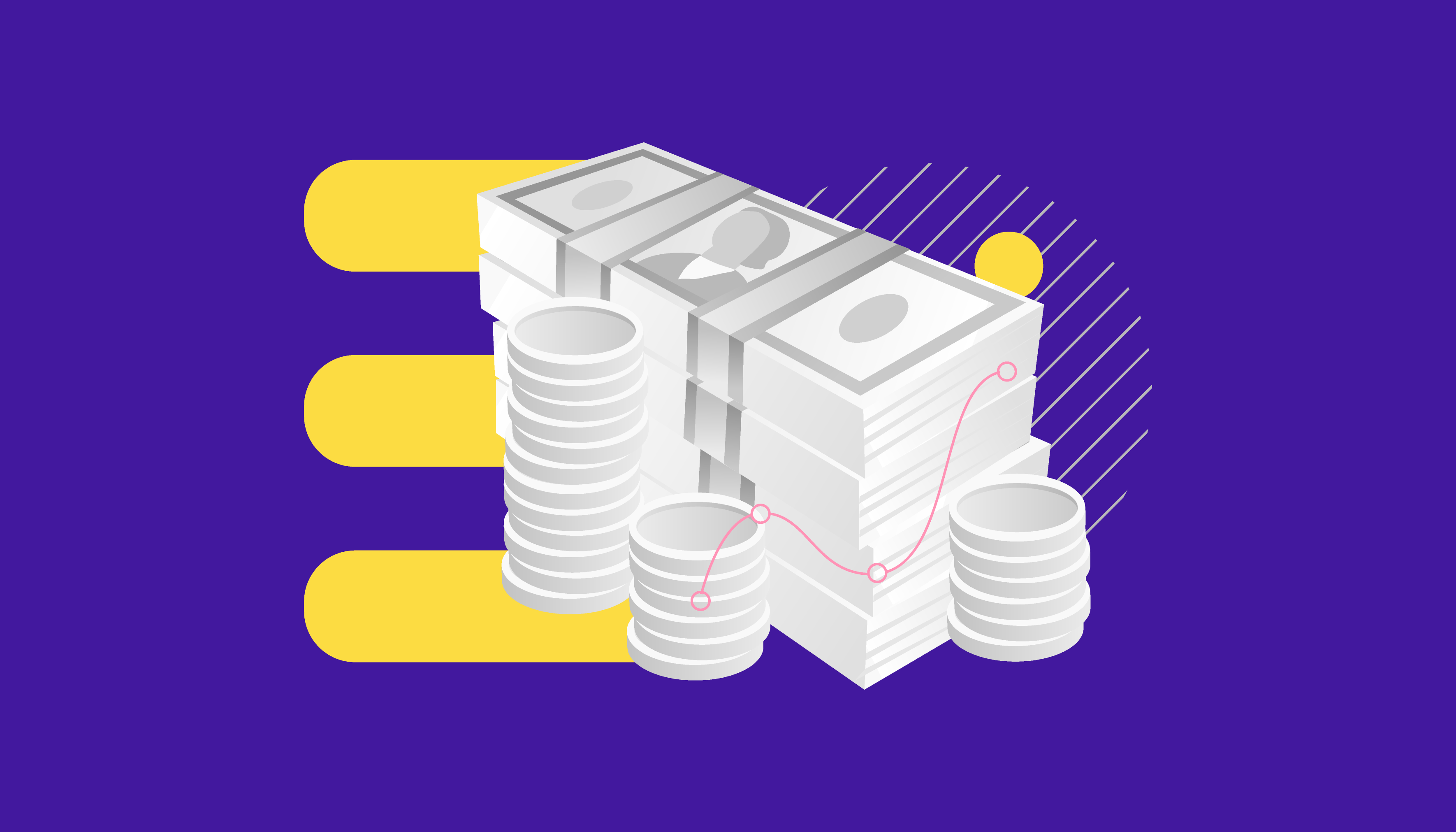
Aside from the upfront purchase cost, you should also consider additional expenses. This includes marketing, website optimization, and inventory replenishment post-purchase. Clearly defining all the possible expenses will help you draw a more detailed picture in estimating the budget for your investment.
The amount of time you can invest in the day-to-day operations of the purchased store is another critical consideration. While some well-performing stores require minimal effort, others may demand greater attention. If you are restricted in time, it would be more beneficial in the long run to choose businesses that require minimal attention for the store operation. Consider that time is a valuable asset, and you must ensure that your investments in it are thoughtful.
Your budget determines the range and scale of Shopify stores available for acquisition, allowing you to focus on options that align with your financial boundaries. After completing this task, you will be one step closer to selecting the ideal Shopify store that caters to your unique needs and specifications.
What Stage of Business to Buy
Now that you have an estimated budget and investment time for business operation, the next crucial consideration to take is the stage of business you prefer to buy.
- Early-stage business: These companies require great investment in time with less guaranteed profit. However, they may come with significant potential for growth. If you enjoy building businesses from the ground up, this might be the right kind of business for you.
- Established business: An established company with a solid customer base would be ideal if your needs are to expand an already existing business or to sustain comfortably the profits of your acquisition. On the other hand, if your objective is to simply maintain a thriving business or just to enhance your investment portfolio diversification, you might consider examining enterprises that have previously completed the incorporation process.
Are you inclined towards startups with a solid foundation but significant growth potential, or are you more interested in established businesses with a consistent customer base and revenue stream? Each stage presents its own set of opportunities and challenges, influencing your involvement level, risk tolerance, and potential returns.
Type of Store You Want to Buy
In addition to defining the specific product or service you want to sell, deciding the type of store you wish to buy is the next step you need to take for a worthwhile investment.
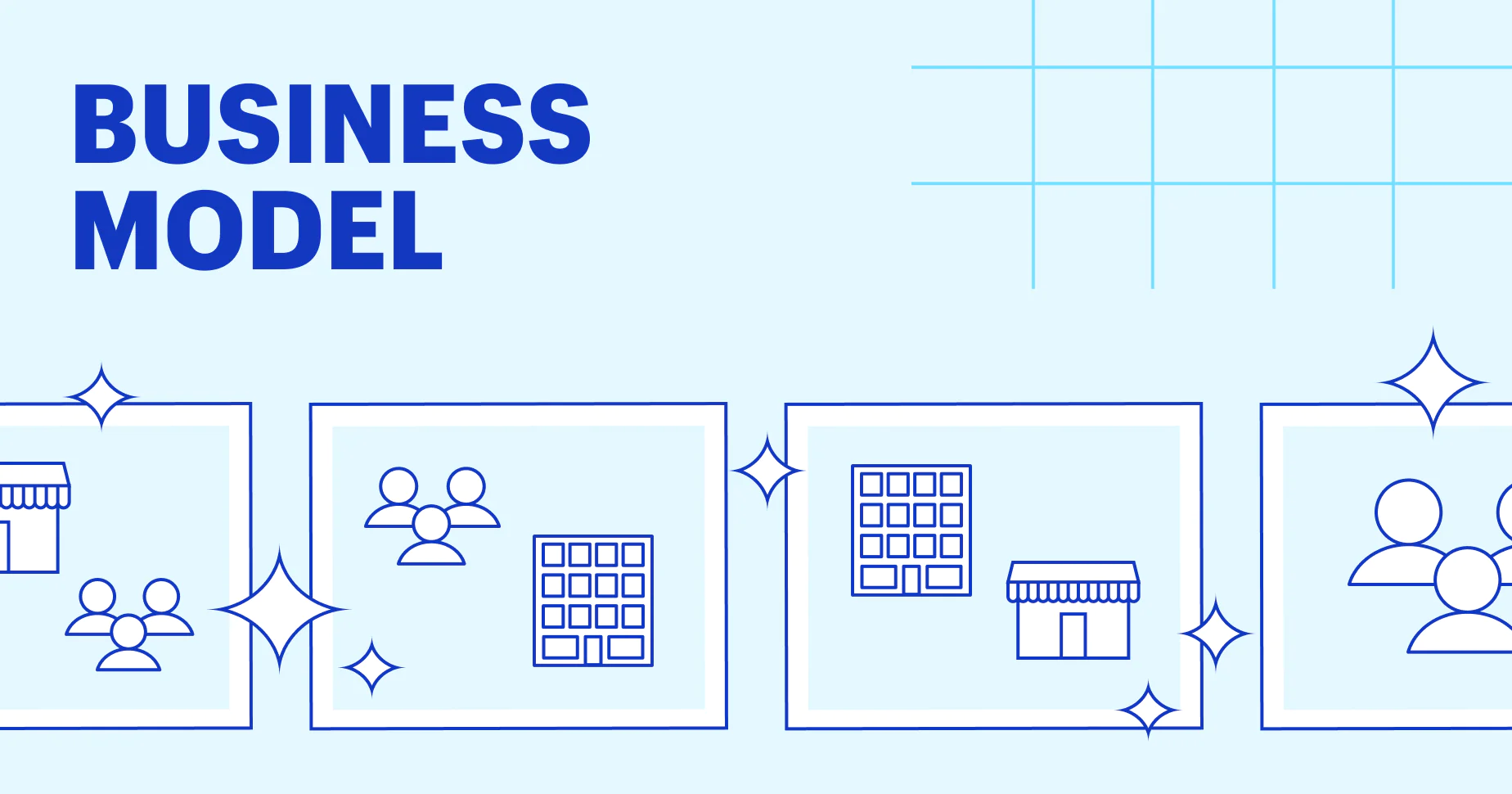
Typically, there are four types of Shopify businesses you can buy.
- Dropshipping business: This is the easiest business type to start with due to its low initial purchase costs. However, to earn from it, you’ll need to put considerable time and effort into its development. The dropshipping business model is considered to be the most beginner-friendly and popular business model.
- Print-on-demand business: This type of business only requires the product to be manufactured after the order is placed. It typically does not have a large inventory of products, implying that inventory management requires less effort. As a result, it is a potentially profitable business type. Furthermore, many print-on-demand companies allow their customers to design personalized products for themselves, which can significantly reduce upfront costs.
- Retail business: This type of business allows for products to be sold directly. However, it requires greater effort in inventory management and fulfillment. This may be a cost-saving method, but it can increase the workload for you.
- Wholesale Business: This is a common Shopify business type, where store owners sell their products to other businesses. Its operations are similar to retail businesses, where you have to manage the inventory and take care of fulfillment yourself.
Each type brings unique advantages and operational considerations. Therefore, you should make a clear identification of your preferences and competencies to find and buy Shopify stores that align with your expertise and vision.
Browse Shopify Stores for Sale
Now that you’ve determined your available budget, time, and type of Shopify store of your preference, the next step in this How to Buy Shopify store guidance is to start researching for your most appropriate store.
Explore Shopify Store Brokerage
Working with a brokerage service that specializes in website purchases and sales is the simplest and safest way to find and buy a Shopify store.
Shopify store brokerages are platforms or agencies facilitating the sale and purchase of established online businesses. They act as matchmakers, connecting buyers with sellers looking to sell their digital businesses. Among the industry’s well-known brokerage services are Flippa, Empire Flippers, BuySell Empire, FE International, and more.

These platforms offer a centralized marketplace, streamlining the search process by presenting a multitude of vetted and curated businesses ready for acquisition. They allow users to browse websites for sale based on diverse criteria, including size, business type, revenue, industry, platform, and pricing. You can filter based on these criteria to identify your preferred stores.
Create a Shortlist of Stores to Investigate
Creating a shortlist of stores to investigate is an essential step following the exploration of Shopify store brokerages. It involves a systematic approach to filter and select potential businesses that align with your criteria and preferences. Begin by establishing specific parameters such as niche, revenue range, business model, and other relevant factors based on your business requirements. Utilize search filters and advanced options provided by brokerages to narrow down the vast selection of stores available.
Once you have a list of potentials, take a closer look at the data provided about each store to determine which ones appear to be reasonably safe purchases.
The importance of working with a broker becomes evident in this situation, as they offer comprehensive details regarding every store. These details comprise financial figures, traffic statistics, operational insights, and other information supplied by the seller. You can have confidence that the data you obtain is reliable as long as you collaborate with a reputable organization.
Furthermore, pay close attention to the seller-provided information. Try to gauge their trustworthiness and motivation for selling. Ask yourself questions like:
- Are they transparent in sharing information?
- Has the seller established a track record of successful business ventures?
- What qualifications do they possess that qualify them to sell a store?
- What is their motivation for selling the store?
- Is it apparent that the seller’s motivation for selling their business is to generate immediate financial gain, or do they sincerely hold valid concerns?
Gather as much information as possible prior to purchasing this business, including feedback from existing customers and employees, the selling proprietors, and online research.
When compiling your shortlist, it is also important to prioritize stores that align with your areas of expertise, interests, and long-term business goals. Strive for a well-rounded assortment that provides a wide range of possibilities while satisfying your predetermined standards. The process of evaluating potential stores can be significantly improved by generating a shortlist, which enables you to concentrate on conducting thorough due diligence and analysis for each individual prospect.
Due Diligence When Buying a Shopify Store
After verifying the credentials of a reputable vendor and compiling a shortlist of potential stores, the process of how to buy a Shopify store delves into the more detailed stage of due diligence.
Assess the Site’s Traffic Sources
Understanding the source and quality of a Shopify store’s traffic is crucial when considering a purchase. There are two main types of site traffic: organic and paid advertising. You’ll need to analyze the traffic data provided as well as the source it is primarily generated from.

If paid traffic is involved, you’ll need to assess the value of the traffic and obtain clear information on advertising budgets and mechanisms. In this way, you receive a clear vision of the effectiveness of the employed marketing strategies, thus maintaining them when you buy the store.
If the seller claims that the majority of their site traffic comes from organic sources, you should rely on reliable tools like Google Analytics and Shopify dashboard reports to verify. Furthermore, you should investigate the store’s backlink profile using tools such as Ahrefs or Semrush. This allows you to evaluate the store’s online reputation as well as the quality of inbound links.
Examine the Store’s Value
Next, determine the value of the company. This valuation is an excellent starting point for further discussions.
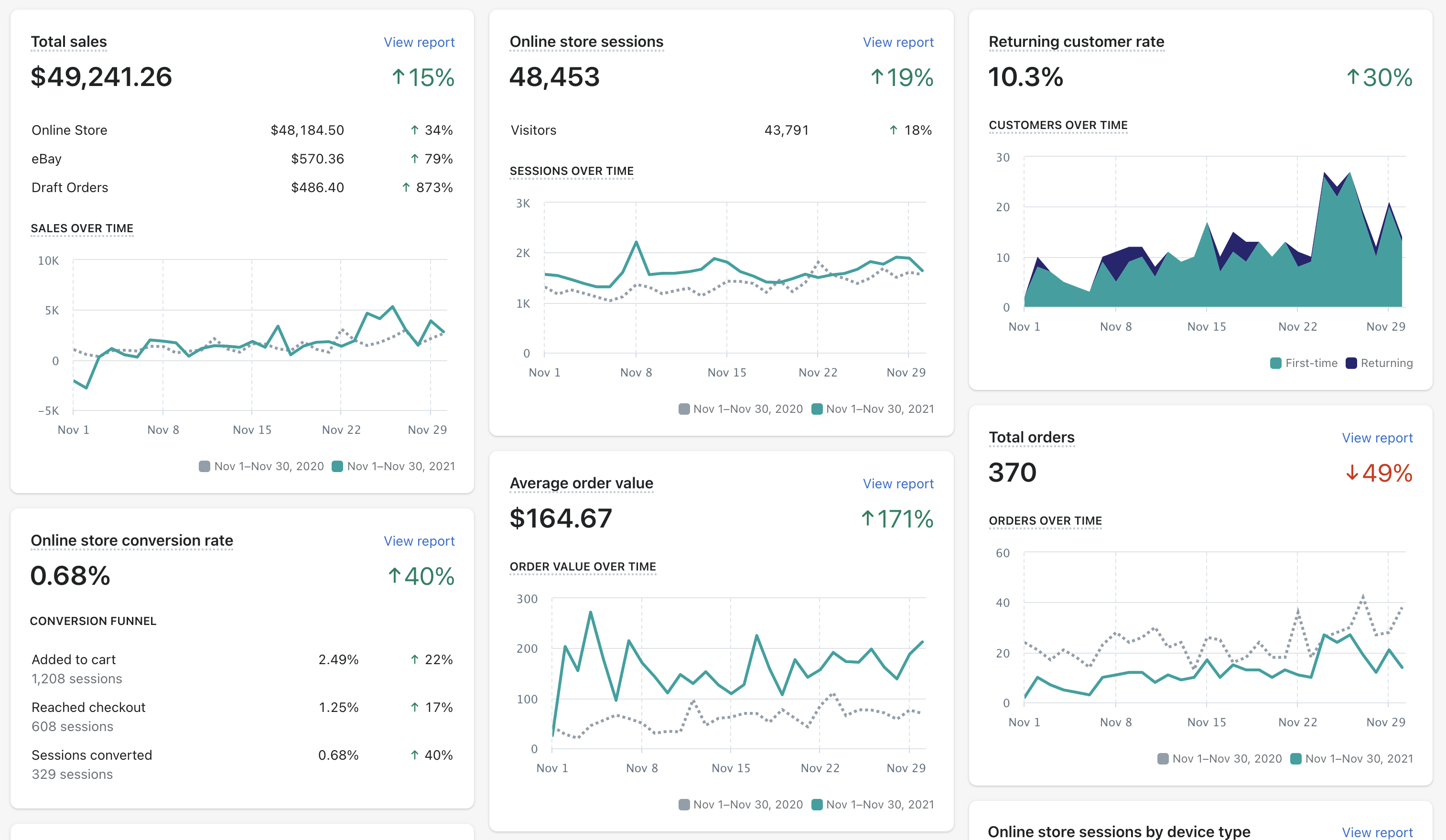
A comprehensive evaluation of a Shopify store’s financial performance, revenue streams, and growth potential is required to determine its value. It is advisable to take into account the following factors:
- Revenue and Profitability: Review the store’s revenue history, profit margins, and cash flow trends over time. Verify the consistency and growth trajectory of the business. Analyze the sources of revenue, including product sales, subscriptions, or other income streams, to understand their stability & potential for growth.
- Expenditures & Cost Structure: Conduct an analysis of the store’s expenditures, encompassing operational overheads, software subscriptions, inventory, and marketing. It is imperative to verify that the expenditures are rational and in accordance with the current standards in the industry. Determine any possible opportunities for cost reduction or areas that could be enhanced.
- Financial Statements: Request access to the store’s financial statements, encompassing balance sheets and profit and loss (P&L) statements. Thoroughly examine these statements in order to guarantee precise reporting and coherence. Identify any noteworthy fluctuations or oddities that could necessitate additional inquiry.
- Processors of Payments and Transaction Data: Assess the accuracy and integrity of transaction data through a thorough examination of payment processor reports and the corresponding documentation. Ensure that the recording and reporting of sales transactions do not consist of any inconsistencies or discrepancies.
Other factors to consider are customer acquisition cost, customer lifetime value, and recurring revenue (if applicable). Evaluate the scalability of the business and identify opportunities for expansion or optimization. These are critical factors for you to maintain and enhance the store value when you buy a Shopify store.
Consider the Business Assets Included in the Sale
Beyond the digital storefront, scrutinize the assets bundled with the sale. This includes inventory, intellectual property rights, domain names, trademarks, supplier contracts, email lists, social media accounts, and any proprietary technology or software.
You should pay careful attention to these categories:
- Inventory: Assess the store’s eCommerce warehousing and inventory management procedures if it sells physical products. Ascertain the value and rate of turnover of the current inventory. Evaluate the precision of inventory monitoring systems in order to prevent inconsistencies or possible shortages of stock.
- Marketing Assets: An examination of marketing assets encompassing influencer relationships, content marketing assets (blog posts, photography, etc.), email lists (consider their dimensions and open rates), social media accounts (search for active, genuine followers), and brand assets (logos, fonts, trademarks, etc.) is mandatory.
- Customer Data and Retention: Request access to customer data pertaining to customer retention and customer acquisition costs and acquisition rates, among other information. Assess how customer data is utilized and managed for marketing and sales purposes by evaluating the store’s customer relationship management (CRM) system.
You should have a clear understanding of what assets you’ll be receiving and whether they offer a real benefit to your business. Assess the value of these assets, ensuring they align with your business objectives or any of your regulations, thus enhancing the overall worth of the acquisition.
Investigate the Seller
Apart from quantitative considerations, it’s also important to look at qualitative aspects of your chosen store. Thoroughly vetting the person selling the site is crucial for gaining confidence in the legitimacy and reliability of the transaction.
Consider the character and trustworthiness of the person selling the store. Research the seller’s reputation, credibility, and track record in the eCommerce sphere. Review seller-provided information, and previous sales history (if available), and seek testimonials or reviews from other buyers if feasible. Establish clear communication channels to address any queries or concerns regarding the store and its operations.
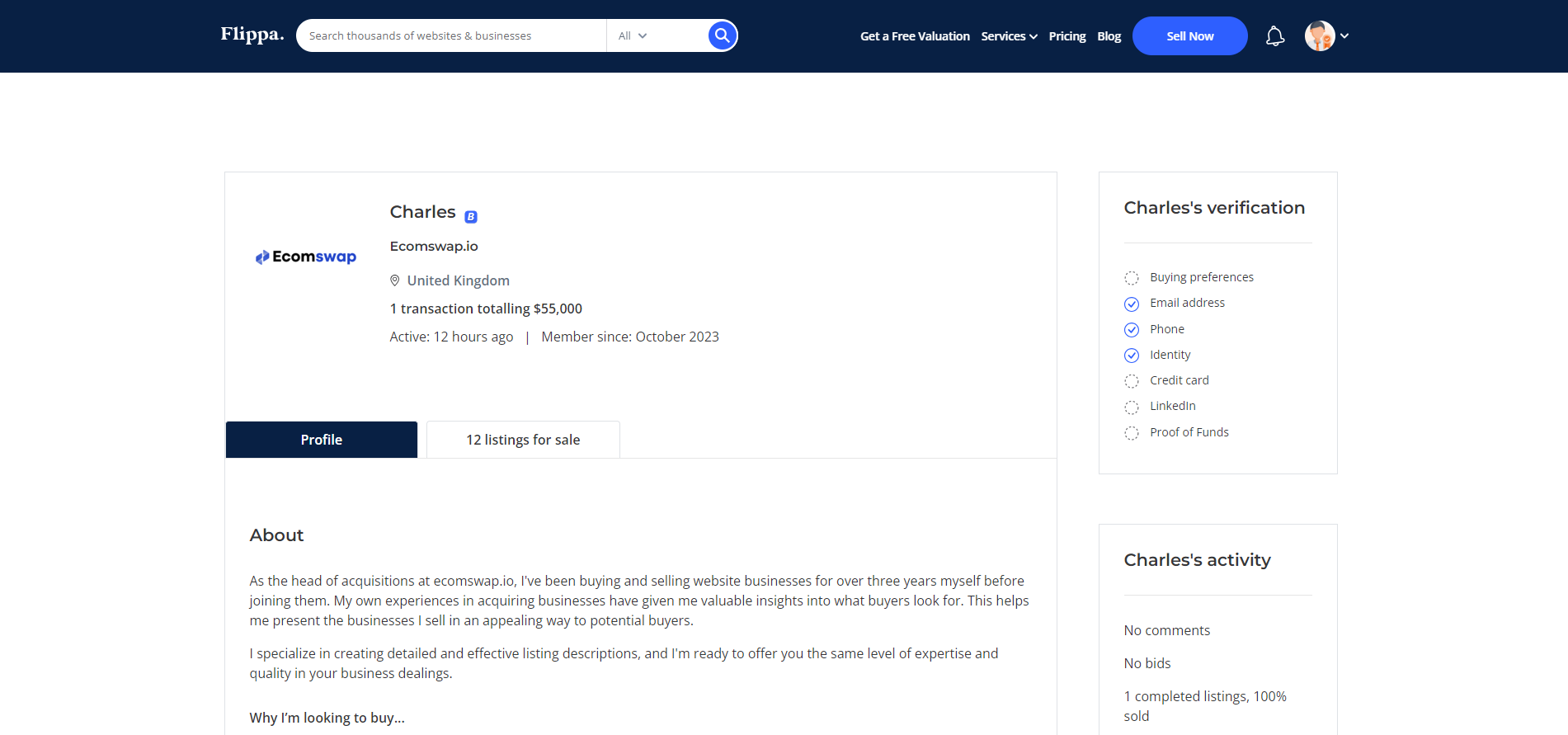
Additionally, address seller support and post-purchase assistance. You’ll need to know whether the seller is willing to offer assistance and direction throughout the period of transition. Provide additional information regarding the scope and duration of post-purchase support, which may include training, question resolution, or technical support pertaining to the business.
After-sale assistance can be of great value in assisting you to become proficient with your new store. Generally, sellers possess an abundance of expertise and knowledge that can be leveraged to their advantage.
Engage the Suppliers
For businesses reliant on suppliers for inventory or dropshipping, engaging with these suppliers is essential. Moreover, as you’ll have to maintain the relationship with those suppliers after you purchase the store, this is an important consideration to be done.
Assess the relationships, terms, and agreements with the current suppliers. Understand the inventory management system, shipping processes, and supplier performance. Open communication with suppliers can provide insights into the reliability of the supply chain, potential challenges, and opportunities for collaboration post-acquisition.
Reaching out to the store’s suppliers can yield several significant benefits for your new venture:
- Smooth Transition and Continuity: By understanding their processes, inventory management systems, and operational nuances, you’ll receive continuity in product sourcing and fulfillment, reducing disruptions that could affect customer satisfaction.
- Negotiating Favorable Terms: As the new owner, discussing volume discounts, payment terms, or exclusive deals based on the increased business potential can lead to cost savings and improved margins.
- Insight into Product Range and Quality: Direct communication with suppliers offers valuable insights into the existing product range, quality standards, and potential for product improvements or diversification.
- Identifying Operational Efficiencies: Discuss optimizing inventory management, and shipping processes, or exploring more efficient logistics solutions. This helps you streamline operations and reduce costs.
- Adapting to Market Changes: Suppliers often have their finger on the pulse of market trends and changes. Therefore, you can get access to valuable market insights, enabling the business to adapt swiftly to market shifts, changing consumer preferences, or emerging industry trends.
It’s important to note that due diligence protects you from unexpected events and potential pitfalls when you buy a Shopify store. A comprehensive investigation will give you confidence in your decision-making and boost the likelihood of a successful acquisition.
Start the Buying Process
Once you reach this step, you are ready to start the purchasing process for your perfect Shopify store.
Involve Professional Assistance
Seeking professional guidance and assistance is crucial when navigating the acquisition process of a Shopify store, especially if the acquisition is large in scope and entails substantial financing.

Engage with experienced professionals such as business brokers, lawyers specializing in acquisitions, accountants, or eCommerce consultants. These specialists have extensive knowledge and experience in their industry. As a result, they are fully capable of providing you with invaluable guidance, performing due diligence, evaluating financial factors, and ensuring legal compliance throughout the purchasing process.
It is essential to note that involving professionals will require an additional financial commitment. Nonetheless, this investment would be worthwhile. The knowledge and skills of the professionals may prevent you from committing expensive errors or failing to notice crucial concerns. With their assistance, you can acquire a greater sense of assurance and confidence in the acquisition, secure in certainty that you have carefully evaluated the financial facets of the Shopify store.
Submit a Letter of Intent
Initiating the purchase process typically involves submitting a letter of intent (LOI) to the seller. This is a document that states your intention to do business with the recipient of the letter.
LOIs typically include essential details such as:
- The parties involved in making the deal
- The general terms
- Any requirements and restrictions included in the deal
- A timeline of how the deal will be implemented
The LOI serves as a preliminary agreement before drafting the final purchase agreement. It is advisable to publish a Letter of Intent (LOI) before entering into contracts to ensure that all parties are in agreement.
Review Important Legal Documents
Thoroughly review and scrutinize all pertinent legal documents related to the sale. Some of the documents you should look for are:
- Property documents, including commercial leases or rent rolls
- Marketing and advertising materials
- The business tax returns for the past three years
- Any incorporation documents, certificates, business licenses, etc.
- Current income statements, payroll, balance sheets, and cash flow statements
The necessity for legal professionals to be involved becomes apparent at this point. They review all the legal documents and contracts related to the sales and ensure that there are no hidden liabilities or legal. In order to safeguard your interests, they may also offer counseling on transaction structuring and contract negotiation for the purchase agreement.
Use the Escrow Method to Minimize the Risks
Employing the Escrow method is a secure way to minimize risks during the transaction. Escrow services act as intermediaries, holding the funds securely until all conditions of the sale are met. It provides protection to both the buyer and seller by ensuring that neither party can access the funds until all terms of the agreement are fulfilled, mitigating the risk of fraud or misrepresentation.
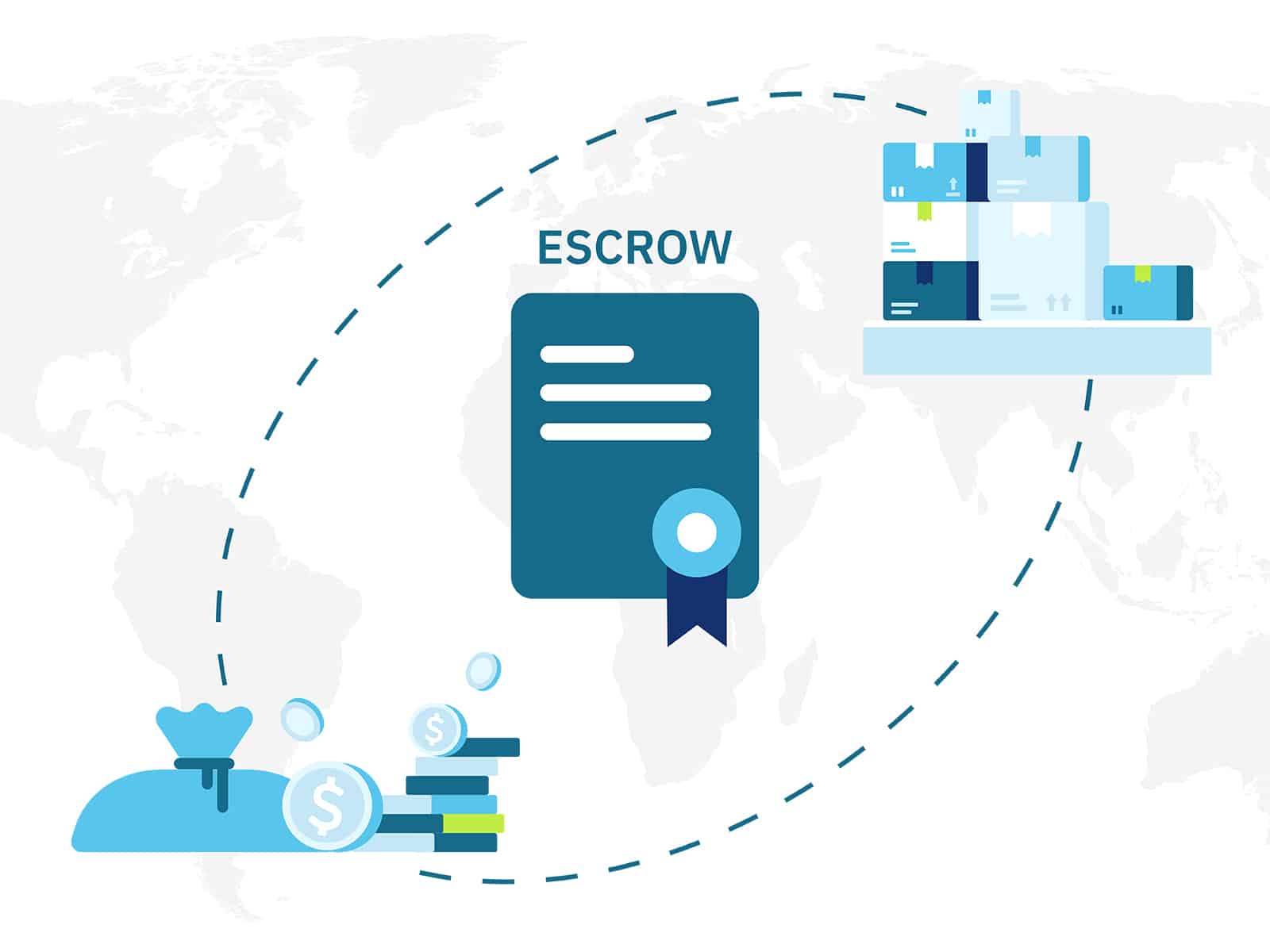
Nowadays, the majority of online business brokerages include an Escrow service to guarantee that you receive exactly what you pay for and to mitigate a substantial portion of the risk.
Establish Conditions of the Sale
Clearly define and negotiate the conditions of the sale before finalizing the transaction. Create a detailed list of items that you expect to receive in exchange for the business transaction. This can include:
- Domain names
- Intellectual property rights
- Mailing lists
- Social media accounts
- Training or transition assistance
Ensuring mutual understanding and agreement on these conditions is pivotal for a smooth and transparent transaction.
Run a Final Inspection of the Store
Conduct a thorough final inspection of the Shopify store and its operations before closing the deal. Review the website functionality, examine inventory and assets, validate financial records, and verify all seller-provided information. Take time to assess the assets and ensure that everything is as represented. This inspection is crucial to confirm that the store’s current state aligns with the representations made by the seller throughout the negotiation process.
Close the Deal
Once all conditions have been met, and both parties are satisfied with the terms, it’s time to close the deal.
You’ll need to sign the final purchase agreement, which is the legally binding contract that requires the agreement of both you and the seller before the transfer of business ownership.
The involvement of a business attorney is recommended at this stage. This person will be responsible for evaluating the sales agreement, as well as negotiating on your behalf. In this way, you can be secured to receive everything that you and the seller agreed upon.
Upon the mutual signature and submission of all requisite legal documents, the funds will be discharged from escrow and transferred to the seller. As a result, you shall acquire the full ownership of the new store.
Finally, you should follow up on the transfer of ownership and apply for the required titles and organizational documents for the new business in your name.
Why You Should Buy a Shopify Store
Avoid Procrastination
Buying a Shopify store allows you to bypass the time-consuming process of starting an eCommerce business from scratch.
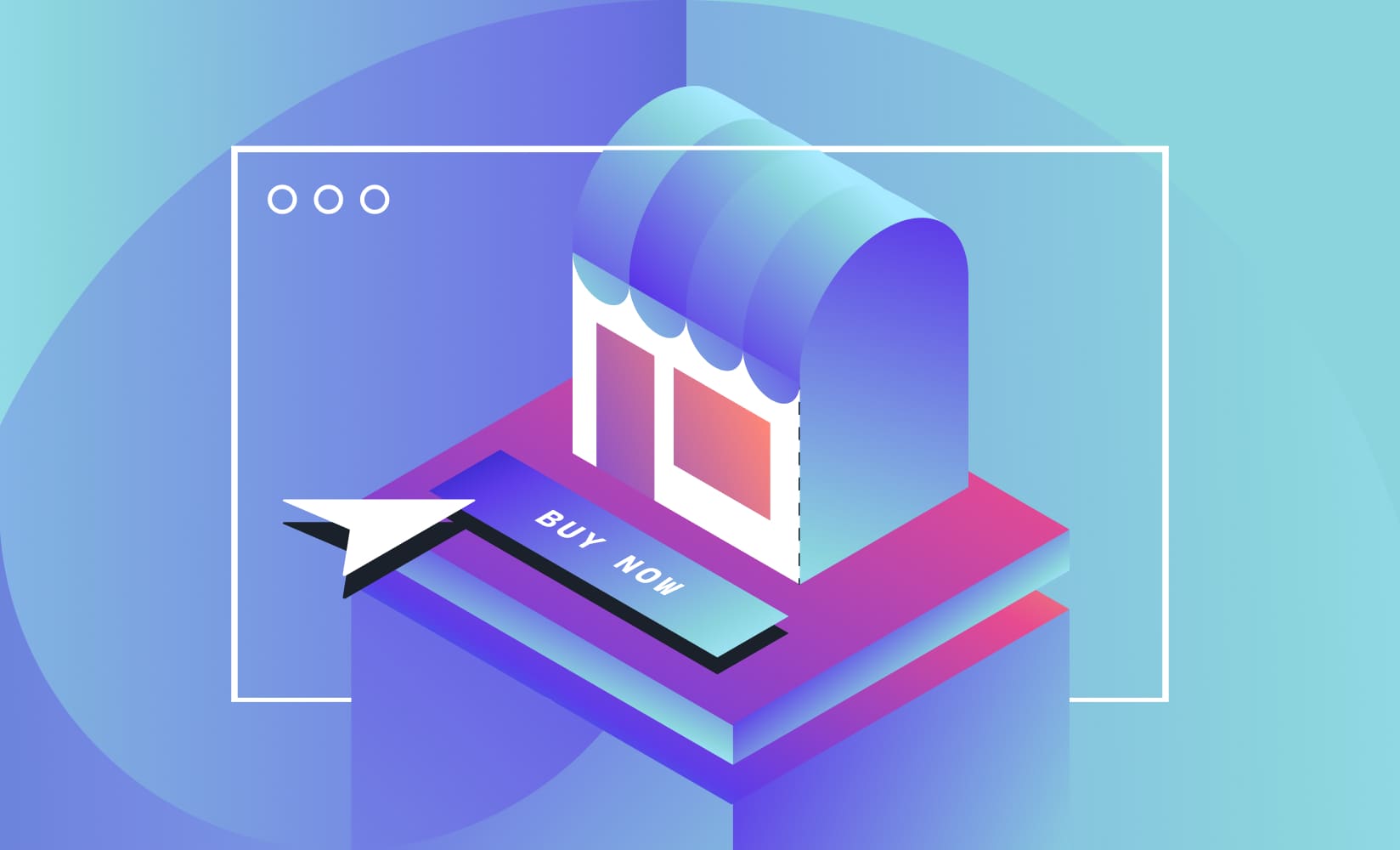
Procrastination is a common hurdle in entrepreneurship. By acquiring an existing store, all the hard part has been done for you. It eliminates the need for lengthy setup processes, market research, product sourcing, and brand building. Instead, it offers a ready-made platform with an established framework, enabling you to jump straight into business operations and focus on growth strategies from day one.
Moreover, regardless of the amount invested—$50,000 or $1,000,000—in purchasing a business, you are dedicated to ensuring its success. Making a financial commitment is a great motivation for you to pursue your first sale.
Start Selling from Day One
One of the primary advantages, when you buy a Shopify store, is the ability to commence selling immediately.
With an already established online presence, operational infrastructure, and existing customer base, you can hit the ground running while other competitors still struggle in the setup phase. Moreover, you can have the possibility to skip all the early stages where business failures are likely to occur.
The established store inherits a functioning website, established marketing channels, and a track record of sales. As you buy them, you’ll be able to generate revenue and expand the business from the onset rather than building everything from scratch.
Leverage an Established Customer Base
Acquiring a Shopify store often comes with the invaluable asset of an existing customer base. This pre-existing customer has already shown interest in the products or services offered by the store.

Leveraging this established customer base provides a significant advantage as it can result in immediate sales, repeat business, and a foundation for implementing retention strategies. Additionally, the insights gained from the existing customer data can inform your marketing campaigns and product offerings tailored to their preferences, enhancing customer satisfaction and loyalty.
Challenges of Buying a Shopify Business
While you can receive numerous benefits as you buy a Shopify store, this process involves considerable challenges that you should acknowledge and address.
Seller Transparency and Risk Management
The reliance on seller-provided information poses a challenge as it requires a high level of trust and transparency. Sellers may not always disclose all pertinent details or could overstate the business’s performance.
Therefore, the research about seller information should not simply stop at conducting interviews. You should implement thorough due diligence, verifying their claims with reliable numbers and statistics from reports, and assessing their traffic sources, and customer data. These are pivotal steps in mitigating risks associated with incomplete or misleading information provided by the seller.
Integration and Learning Curve
Acquiring a Shopify business involves integrating oneself into an existing framework, which might have its unique operational nuances, systems, and processes.
When you buy a Shopify store, you must navigate the learning curve associated with the business model, website functionalities, supplier relationships, customer service protocols, and marketing strategies employed by the previous owner. Adapting to these elements and implementing potential changes or improvements might require time, effort, and a strategic approach to ensure a seamless transition without disrupting operations or alienating existing customers.
Fluctuating Performance
One of the primary challenges of buying a Shopify business lies in assessing its historical performance and predicting its future trajectory accurately. There might be unforeseen fluctuations in traffic, sales, or profitability post-acquisition. Factors such as seasonality, changes in market trends, or reliance on a single traffic source can impact the business’s performance.
These challenges highlight the importance of thorough research and a comprehensive understanding of the business’s operations before purchase. In this way, you will get a head start on the business’s current situation and have a clearer vision of the next actions to take as you gain full ownership of the store.
Things to Consider When Deciding to Buy a Shopify Store
Inventory
Established businesses often have products in stock, therefore, assessing and estimating the value of their inventory is pivotal throughout the purchase process.
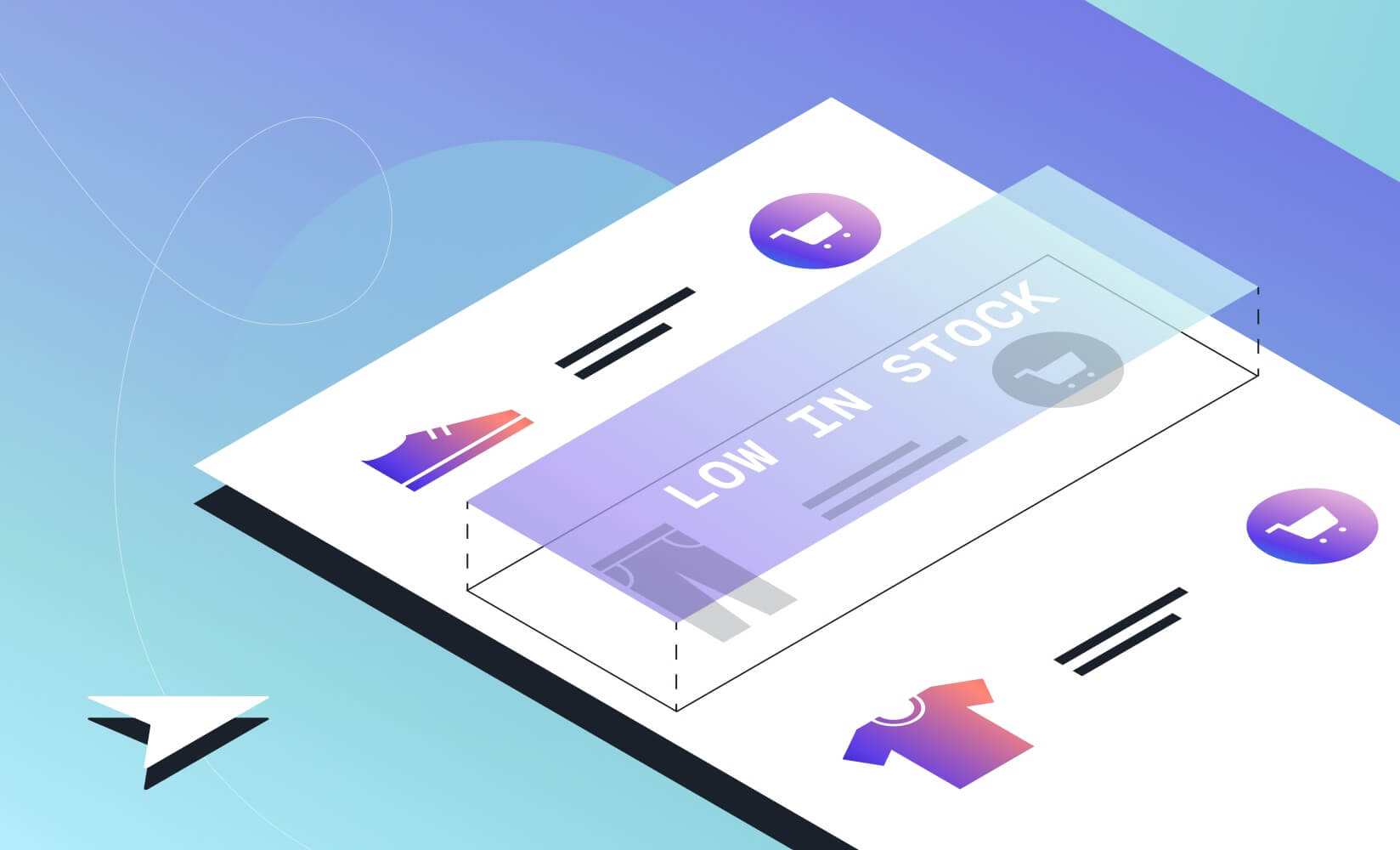
Evaluate the type, quantity, and quality of products stocked by the business. Determine the inventory turnover rate, assess whether it aligns with the business model, and ascertain the value of existing inventory. Understanding inventory management systems, supplier relationships, and any potential excess or obsolete stock is essential in gauging the overall value and potential profitability of the business.
This evaluation will inform the business’s sale price. Furthermore, it also helps you plan the actions after the transaction with the estimation of the company’s remaining operational time with its existing inventory prior to acquiring additional stock.
Equipment
Reviewing the equipment involved in the operation of the Shopify store is crucial, especially if it’s a physical product-based business. Identify and assess the condition, functionality, and relevance of the equipment, such as computers, software, packaging machinery, or any specialized tools integral to the business operations. Understanding the maintenance history and potential need for upgrades or replacements is essential for continuity in business operations post-acquisition.
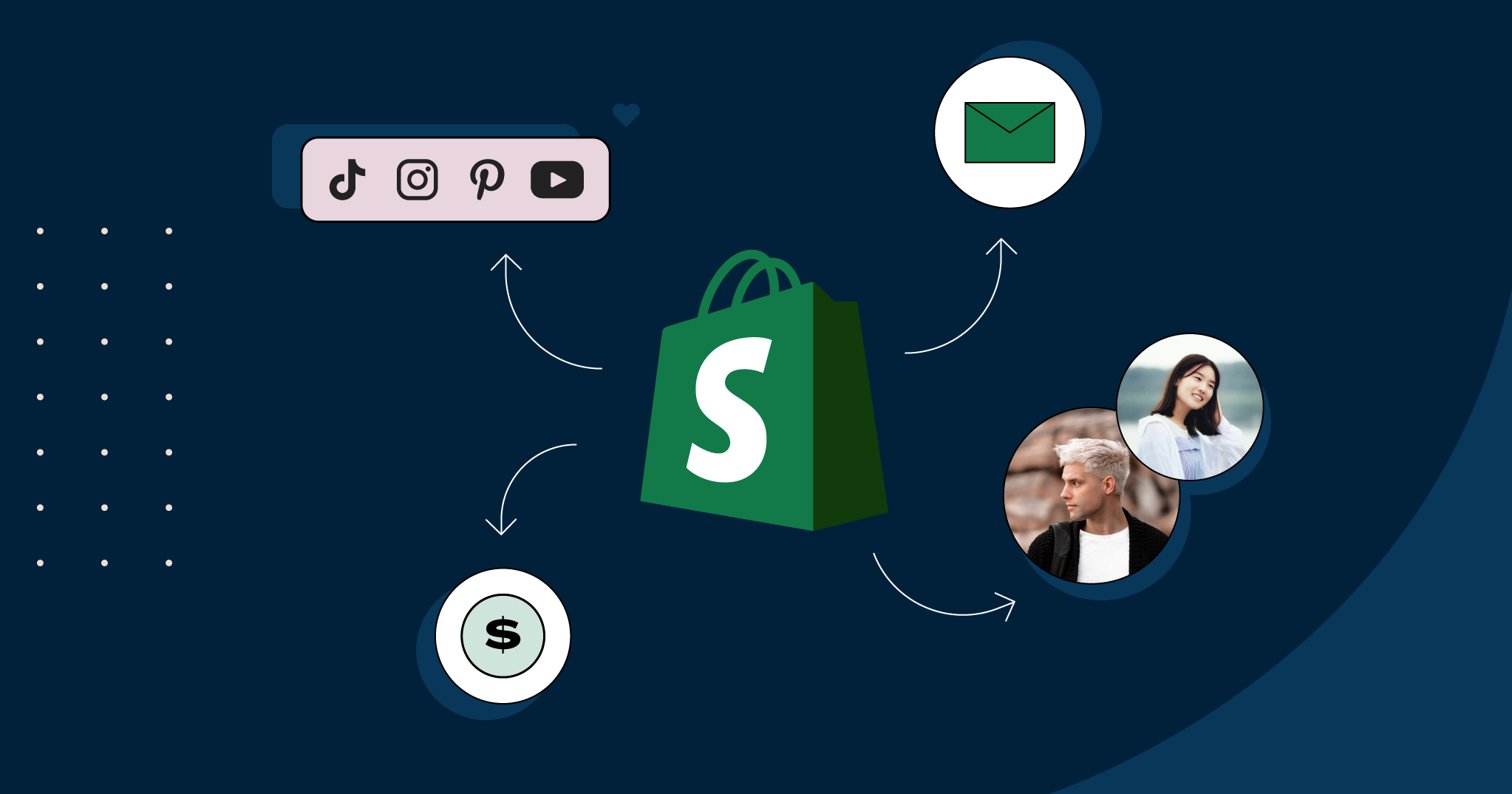
Additionally, specify whether the company possesses full ownership of the equipment. Certain businesses finance or lease equipment in order to reduce the expense of purchasing the equipment. Once ownership of the business is achieved, these repayments will be regarded as your obligation.
Legal Documents
As highlighted above, the examination of all legal documents associated with the Shopify store is among the utmost important tasks. This includes contracts, agreements with suppliers, customer terms of service, privacy policies, intellectual property rights documentation, and any pending litigation or legal issues.
You must ensure compliance with regulations, review the terms of agreements, and seek legal counsel to understand any potential liabilities or obligations that might transfer to the new owner upon acquisition.
Tax Returns and Financial Statements
Scrutinize the tax returns and financial statements of the Shopify store meticulously. Request the following financial statements from the previous five years from the current owner:
- The current balance sheet, including any business assets
- Profit and loss statements, including gross and net income
- Cash flow statement
- Financial projections for the future
- Tax returns
These are critical insights for you to gauge the financial health and profitability of the business. Additionally, it is advisable to evaluate revenue trends, profit margins, expenses, and any irregularities that might require clarification or further investigation.
Sales Records
Sales records are an important aspect to consider. Analyze sales data for trends, seasonality, top-selling products, customer demographics, and average order values. These data help you gain an understanding of:
- The business’s current customer base: their purchasing patterns and their preferences.
- Customer retention rate
- The popular products
In this way, sales records allow you to formulate targeted marketing strategies after taking over the business.
Debt Disclosure
Understanding any existing debts or liabilities of the Shopify store is crucial for informed decision-making. Thoroughly assess whether the seller discloses any business-related debt before you agree to purchase the company. This is important as you’ll be liable for this debt once the business becomes yours.
Perform a credit check to learn about the company’s credit history. If the current owner has a history of late or overdue payments, you may face difficulties obtaining credit for the business in the future, such as low approval rates or high-interest rates.
Moreover, review all disclosures related to debts, outstanding loans, credit lines, or obligations to suppliers. Assess the terms, repayment schedules, and potential impact on the business’s cash flow and profitability. Full disclosure of any existing debt ensures transparency and helps you in evaluating the true financial position of the business.
A Final Thought
The process of acquiring a Shopify store is dynamic and may lead to advantageous prospects. In this blog, we examined the essential steps you must take to buy a Shopify store. We covered the vital aspects that contribute to a successful purchase, including refining your needs and conducting extensive research, as well as initiating secure transactions via escrow.
Acquiring a Shopify store necessitates thorough preparation, investigation, and implementation. Among those, it is of the utmost importance to conduct due diligence, evaluate the seller’s credibility, and authenticate the store’s operations and assets. In this way, you can enhance the likelihood of identifying a valuable asset and navigate the purchasing process of your ideal Shopify store.
If you wish to take a deeper dive into the Shopify realm, subscribe to our newsletter and gain more insightful tips for your store development and growth!


